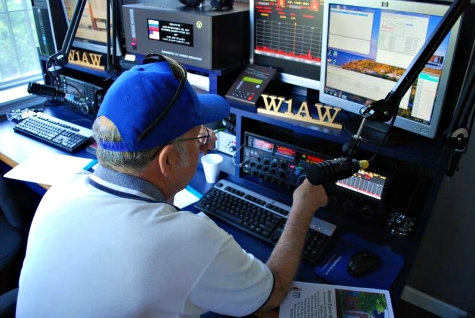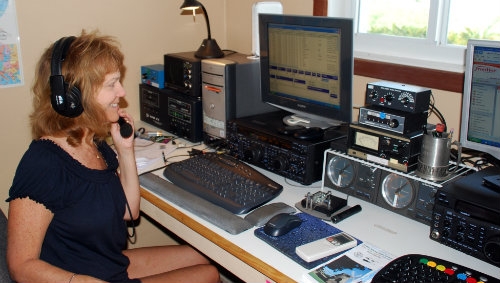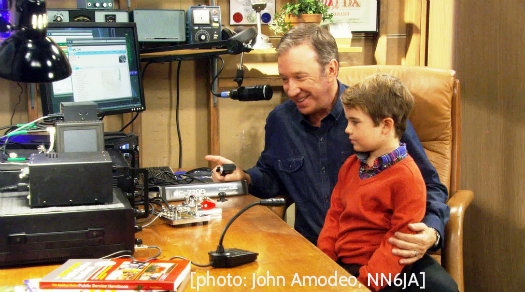What's happening at BCARA
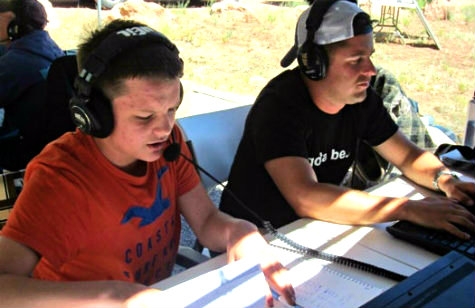
What is Ham Radio? (click here)
What is Ham Radio? Amateur Radio (ham radio) is a popular hobby and service that brings people, electronics and communication together. People use ham radio to talk across town, around the world, or even into space, all without the Internet or cell phones. It's fun, social, educational, and can be a lifeline during times of need. You can set up a ham radio station anywhere! In a field... ...at a club station.... ...or at home. Although Amateur Radio operators get involved for many reasons, they all have in common a basic knowledge of radio technology and operating principles,...
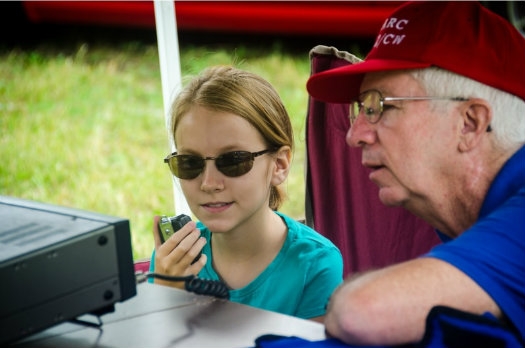
Why should I get licensed? (click here)
Why should I get licensed? Before you can get on the air, you need to be licensed and know the rules to operate legally. US licenses are good for 10 years before renewal and anyone may hold one except a representative of a foreign government. In the US there are three license classes—Technician, General and Extra. Technician License The Technician class license is the entry-level license of choice for most new ham radio operators. To earn the Technician license requires passing one examination totaling 35 questions on radio theory, regulations and operating practices. The license gives access to all Amateur Radio frequencies above...
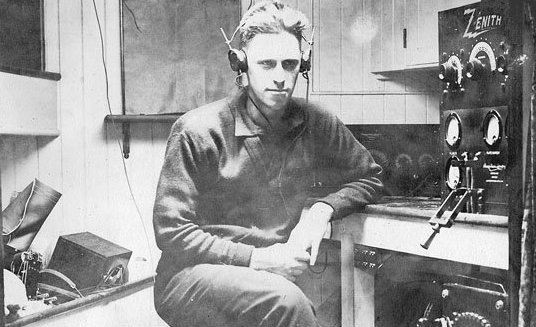
Ham Radio History (click here)
In 1873, James Clerk Maxwell presented his theory of the electromagnetic field. In 1901 Guglielmo Marconi communicated across the Atlantic with a radio device using high power and giant antennas. To curb interference, Congress approved the Radio Act of 1912, which required amateurs to be licensed and restricted to the single wavelength of 200 meters. In 1914 the American Radio Relay League was founded by Hiram Percy Maxim, who found that messages could be sent more reliably over long distances if relay stations were organized. Transatlantic transmitting and receiving tests began in 1921 and by July 1960 the first two-way contact...

Your First Station (click here)
Your Amateur Radio station may change, but you have to start somewhere, right? Here are some fundamentals that all Amateur Radio stations have in common: Transceiver Power Supply Antenna System The Transceiver Selecting your transceiver will largely depend on how much you want to spend and what you hope to do. If you want to explore long-distance contacts on the HF bands, you’ll need an HF transceiver. If you are interested in chatting with local friends on the VHF or UHF bands, look for a VHF+ FM transceiver. Build Your Own Radio Most hams buy their radios factory assembled,...
-
What is Ham Radio? (click here)
-
Why should I get licensed? (click here)
-
Ham Radio History (click here)
-
Your First Station (click here)
Member Login
Main Menu
Who's Online
We have 6 guests and no members online
Meetings
ARRL News
American Radio Relay League | Ham Radio Association and Resources
The American Radio Relay League (ARRL) is the national association for amateur radio, connecting hams around the U.S. with news, information and resources.-
LIVE YouTube Telethon to Support ARRL Teachers Institute on Wireless Technology
Don’t miss it! The annual YouTube telethon to raise money for the ARRL Teachers Institute on Wireless Technology will be held on Saturday, November 29, 2025, beginning at 3 PM EST / 12 PM PST, on the Ham Radio Crash Course YouTube channel, hosted by Josh Nass, KI6NAZ.Join Nass and several other amateur radio contributors for a fun and entertaining livestream. They’ll cover a variety of amateur ...
-
2025 ARRL Board of Directors Election Results
ARRL The National Association for Amateur Radio® announces the results of the 2025 ARRL Division elections.In the ARRL Pacific Division, current Director John Litz, NZ6Q (1,270 votes), of Stockton, California, was declared the winner, defeating Bob Vallio, W6RGG (960 votes).In the Southeastern Division, current Director Mickey Baker, N4MB (1,596 votes), of West Palm Beach, Florida, was declared...
-
The ARRL Solar Update
Solar activity has remained low this past week. The largest flarewas a C9.9 on November 19 from a region just beyond the NE limb nearN17. Region 4284 grew slightly in the early part of the period butwas in decay after November 19.New Region 4287 was numbered. A Type II radio sweep (estimated at695 km/s) was observed on November 19 at 2215 UTC, likely associatedwith a B9.0 flare from just beyond...
-
SKYWARN Recognition Day 2025 Cancelled
NOAA’s National Weather Service (NWS) has announced the cancellation of SKYWARN™ Recognition Day (SRD) 2025. The necessary time and resources required to plan a comprehensive national event for SKYWARN™ Recognition Day 2025 are not available this year. Thus, the difficult decision was made to cancel this year's event by the NWS. The NWS will work with ARRL and SKYWARN™ spotters to brainstorm i...
-
ARRL VEC Ready to File 2,500+ Ham Radio License Applications; FCC Extends Renewal Filing Deadline
Updated 11/20/2025 (FCC System Issues Affecting Application Processing)Original story 11/18/2025ARRL The National Association for Amateur Radio® reports that the FCC has extended the filing deadline to March 5, 2026, for amateur radio licenses that otherwise were due to expire from October 1, 2025, to March 5, 2026. The announcement is included in an FCC Public Notice (DA-25-943) released on Mo...
-
The ARRL Solar Update
There were two nights of visible aurora throughout the continentalUS and dead HF bands due to a severe geomagnetic storm caused bywhat Space.com calls "a colossal X5.1 class solar flare" andassociated coronal mass ejection (CME) on Tuesday, November 11.Spaceweather.com for November 14 reports that a NASA model of thelatest CME suggests that it could deliver a glancing blow to ourplanet's magnet...

